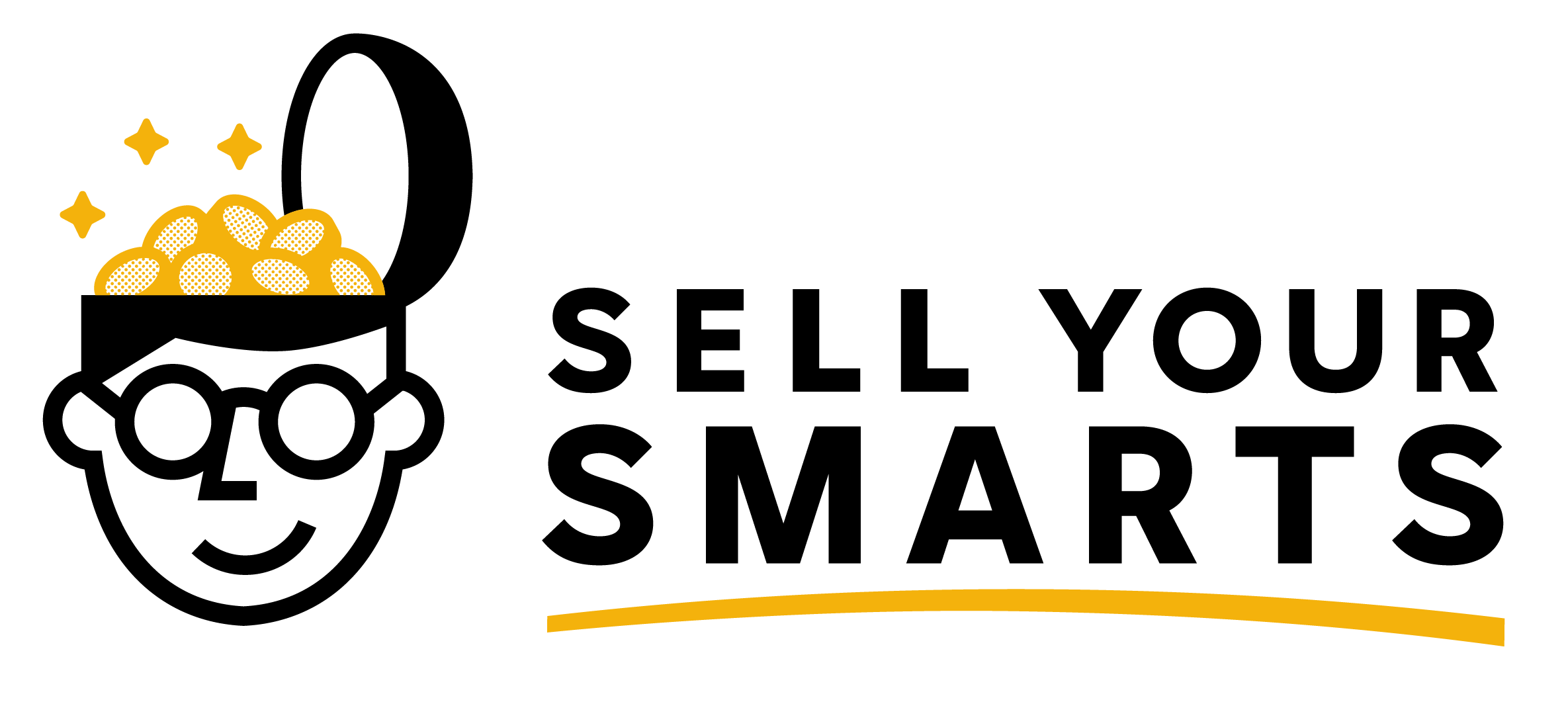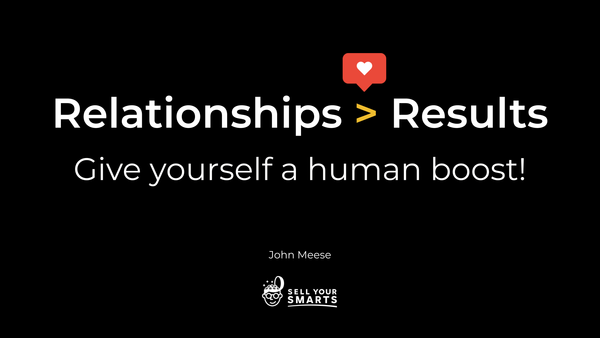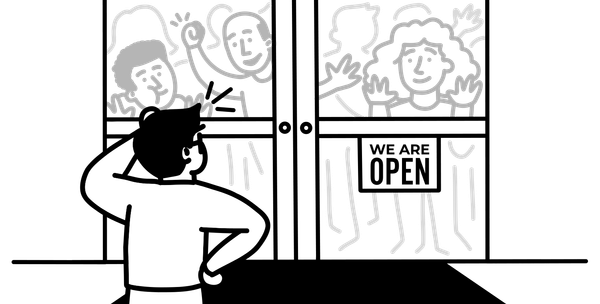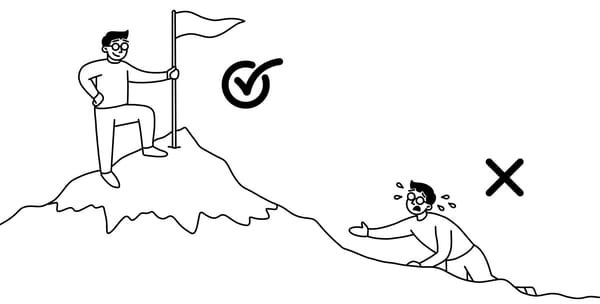How to Fail Less 😵💫
Do you want to grow your business, lose weight, or prioritize relationships this year? I know I do.
Each year, billions of people set New Year resolutions on how they want to show up this year, better than the last.
Statistically, most people give up by January 19, called ”Quitters Day”. That’s tragic, and not how you and I want to fail! So, what’s the alternative?
Use the MTO Technique to set reasonable-yet-risky goals that maximize your success, by including a Minimum, Target, and Outrageous threshold for each results-based goal.
How to Set Reasonable-Yet-Risky Goals
I worked closely with Michael Hyatt and his team while I ran Platform University for several years.
Michael is a bestselling author and highly successful CEO, but he is also widely known for his productivity and goal-setting philosophy, taught in his training, built into the Full Focus Planner, and detailed in his #1 Wall Street Journal bestseller Your Best Year Ever.
One of the most counter-intuitive insights that Michael shares is how effective goals need to be risky. In fact, goal theorists Edwin A. Locke and Gary P. Latham compiled the results from 400 different studies and concluded,
“There is a linear relationship between the degree of goal difficulty and performance… The performance of participants with the highest goals was over 250% higher than those with the easiest goals.”
As Michael explains, “We rise to a challenge, but we lay back when it’s easy.” Goals need to make sense for the stage of your business or personal life, but they also need to be in your “discomfort zone” enough that your goals will challenge you to grow.
I find this to be true, that risky goals inspire creative thinking and goals that are too comfortable or too easy tend to lead to making minimal progress by maintaining the status quo. Then again, risky goals can inspire risky behavior, and you’re more likely to fail them, right?
When I interviewed Raymond Aaron about the problem with traditional goal setting, he emphasized this point:
“You would never write a goal like ‘I am going to brush my teeth every morning and every night this whole month.’ You already do it. Right? But you would write a goal that ‘I’m going to meditate every morning. I’m going to jog every morning. I’m going to stretch every morning.’ You’d only write goals on what you’re not good at. Well, if you write goals on what you’re not good at, you have a high chance of not achieving it. And if you fail consistently, you’ll pretty soon stop doing it.”
You are motivated by exciting, risky goals, but you are also motivated by success (or more likely, afraid of failure). So, how do you balance prudence and ambition? How do you balance the need to make wise decisions while also stretching beyond your comfort zone?
Raymond Aaron is glad you asked. He is a New York Times bestselling author and world-leading success mentor, as well as the creator of the MTO Technique.
Here’s what he has to say about goal setting:
“I call the bad way to write a goal the Dreaded Binary Technique. It looks like this: ‘I will be the top salesman in the company this month.’ What’s wrong with this goal? I’m sure it is exactly how you would write such a goal. Indeed, it is the way 100% of all goal-writers write their goals.
What’s wrong is that it is binary—you achieve it or you don’t achieve it. If you achieve it, you feel good. If you don’t achieve it, you feel bad. Why would you want to set up a system that gives you some reasonable probability of failure and feeling bad? The reason is that you don’t know any other technique.”
The alternative to the Dreaded Binary Technique is to set goals using the MTO Technique. Instead of setting a single success target for each goal, you break every goal into three levels:
- Minimum: What you can count on, based on actual past performance
- Target: A stretch beyond what you know you can accomplish
- Outrageous: What you know you cannot achieve
When you set MTO goals, you create three levels of achievement you can accomplish with each goal, and you dramatically increase your chance of succeeding. This is a balanced approach of both reasonable and risky.
Raymond describes the results of an MTO sales goal like this,
“You will most likely achieve your Minimum, since that is what you typically do. Maybe you attain seven sales by the twenty-second day of the month. You then look at your goal and realize that you’ve only got two sales to go to hit your Target. That will inspire you to go for it. If you achieve your Target, then you are even happier; nevertheless, even if you hit only seven or eight, you have still achieved your goal (at least to the Minimum), and you feel great. If you actually achieve Target, you are elated. And the increased self-esteem you generate each month will soon propel you up into the Outrageous category.”
Why set an Outrageous goal that you know you cannot achieve? Well, as Raymond explains:
“Just because you think you can’t achieve it doesn’t mean you’re not going to achieve it. Just because you write it down, your mind starts creating it in ways you could never even believe—coincidence of bumping into people or seeing an app that can dramatically improve your performance or something.”
I have been using MTO goals in my own business ventures for the last five years with great success. I find this goal framework works for financial planning best of all. I cover the MTO Technique in more detail in Survive and Thrive, but the core concept is here.
The point here is not the specific numbers, but the point is that the MTO Technique allows you to balance risk and reality to motivate yourself and your team to succeed more often, and fail less.





